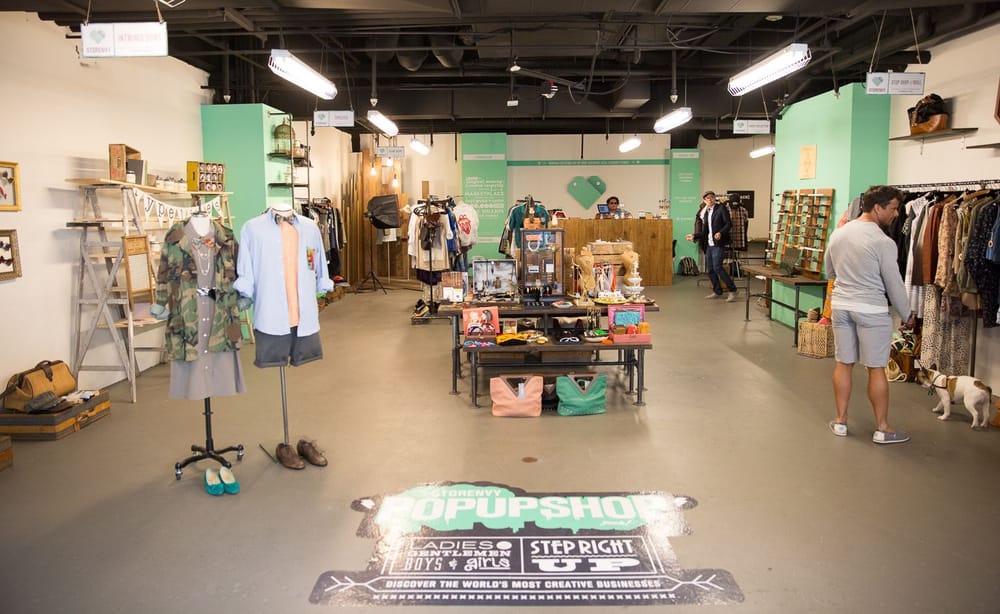As the retail landscape in Canada continues to evolve, the debate between brick-and-mortar stores and online shopping has never been more intense. The rise of e-commerce has reshaped consumer behavior, leading many to wonder: can traditional retail survive in the face of such formidable competition? Or will a hybrid approach become the new standard for success?
For Canadian entrepreneurs, understanding these dynamics is crucial to navigating the future of retail.
The Current State of Canadian Retail
The retail industry in Canada, like much of the world, has undergone significant changes over the past decade. The convenience of online shopping, accelerated by the pandemic, has led to a decline in foot traffic for many brick-and-mortar stores. Despite this shift, 71% of Canadian consumers still prefer to shop in-store, while 29% favor online shopping (Square). However, those who shop online tend to have a disproportionate impact on the market due to their higher levels of spending (Square).
Brick-and-mortar stores still offer unique advantages, such as the ability to provide a tactile shopping experience and immediate gratification. Canadian retailers are increasingly recognizing the importance of integrating both channels to create a seamless shopping experience, often referred to as an omnichannel approach(Square).
The Case for Brick-and-Mortar Stores
While online shopping offers convenience, brick-and-mortar stores have the potential to create memorable shopping experiences that cannot be replicated online. Personalization and customer experience are key factors driving the success of physical retail (KPMG). Retailers can leverage data analytics to tailor in-store experiences, offering personalized product recommendations and customized marketing campaigns.
Additionally, the social aspect of shopping in a physical store—where customers can interact with products and receive immediate assistance—remains a strong draw. For example, Walmart Canada’s introduction of sensory-friendly shopping hours is a direct response to consumer needs, creating an inclusive environment that caters to individuals with sensory sensitivities(TrendHunter.com).
The Rise of Online Shopping
On the other hand, the convenience of online shopping has revolutionized the retail industry. The ability to shop from anywhere, at any time, appeals to the modern consumer’s desire for efficiency and ease. Canadian retailers who have embraced e-commerce platforms have seen significant growth, particularly those who have optimized their websites for mobile shopping and integrated AI-powered product recommendations(Square, KPMG).
AI-driven tools are transforming how retailers understand and interact with their customers. By analyzing consumer behavior, AI can provide personalized shopping experiences, forecast demand, and streamline inventory management(
KPMG). This technological advantage is particularly beneficial for online retailers who can quickly adapt to changing market trends.
The Hybrid Approach: A Winning Strategy?
As the lines between online and offline shopping continue to blur, many Canadian retailers are adopting a hybrid approach to stay competitive. This strategy involves leveraging the strengths of both brick-and-mortar stores and e-commerce to provide a unified customer experience(KPMG).
The importance of an omnichannel strategy is underscored by the fact that consumers often research products online before making a purchase in-store. According to Square’s 2024 report, 61% of Canadian retailers are eager to expand, with a nearly even split between those prioritizing brick-and-mortar and online offerings(Square).
Case Studies: Canadian Retailers Leading the Way
Several Canadian retailers have successfully navigated the challenges of the evolving retail landscape by adopting innovative strategies:
- Indigo Books & Music: Indigo has embraced the hybrid model by offering a seamless online shopping experience while maintaining its physical stores as community hubs. Their stores provide a curated experience with in-store events and personalized service, while their website offers a wide selection of products and easy online purchasing(Square).
- Roots: The iconic Canadian clothing brand Roots has effectively combined its physical and online presence. By integrating AI into their online platform, Roots offers personalized shopping experiences that extend into their brick-and-mortar stores. Customers can reserve items online and try them on in-store, blending the best of both worlds(KPMG).
- Lululemon: Lululemon has leveraged technology to enhance both its online and offline operations. Their stores feature interactive displays and personalized fitting sessions, while their website provides an intuitive shopping experience with AI-driven recommendations. This dual approach has helped Lululemon maintain its status as a leader in the athleisure market(KPMG).
The Future of Retail in Canada
Looking ahead, the future of retail in Canada will likely be characterized by continued integration of technology and a focus on creating unique customer experiences. Retailers who can adapt to the changing landscape by blending the convenience of online shopping with the experiential value of brick-and-mortar stores will be well-positioned for success(TrendHunter.com, KPMG).
As AI and other technologies become more advanced, we can expect to see even greater personalization and efficiency in both online and physical retail. Canadian entrepreneurs should stay attuned to these trends and consider how they can leverage them to enhance their own businesses(KPMG).
Conclusion: Choosing the Right Path for Your Business
For Canadian entrepreneurs, the choice between focusing on brick-and-mortar or online retail is not an either/or decision. The most successful retailers are those who can blend both approaches to meet the needs of their customers. By staying agile and embracing innovation, you can create a shopping experience that not only meets but exceeds customer expectations(Square, KPMG).
In this rapidly evolving retail landscape, one thing is clear: whether online or in-store, the customer is king. By putting the customer at the center of your strategy, you can navigate the challenges of the retail industry and emerge stronger on the other side(KPMG).







